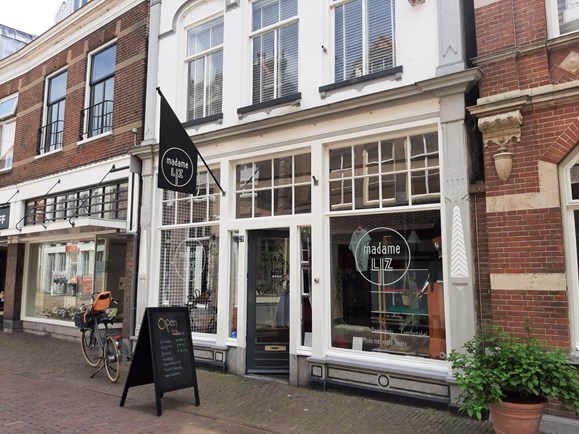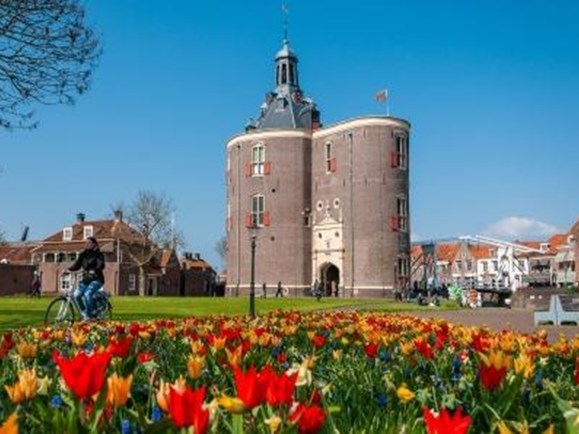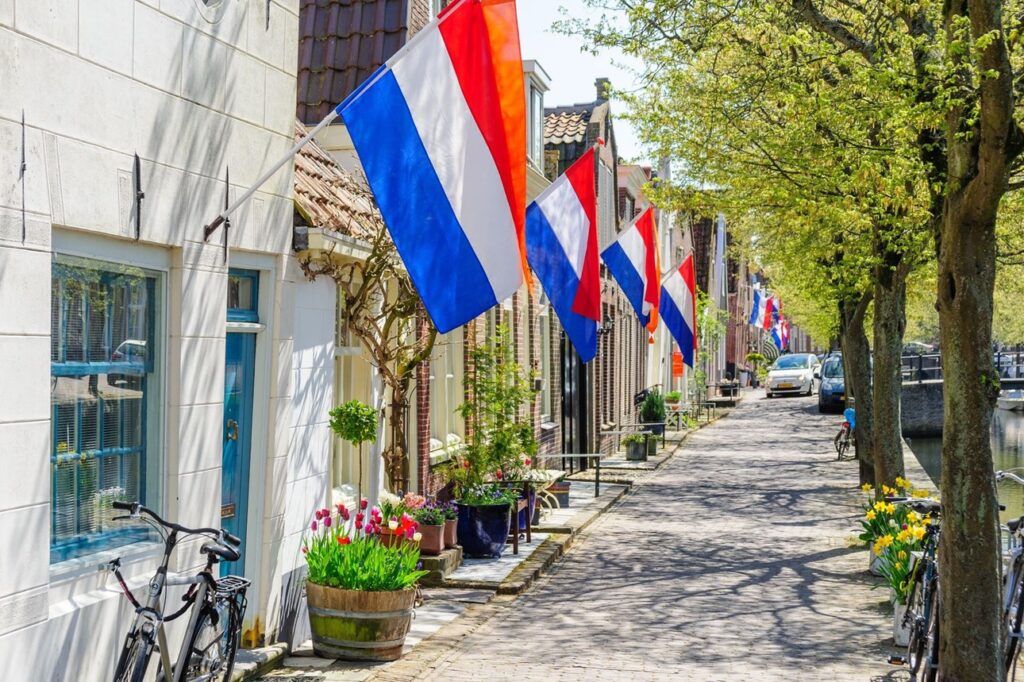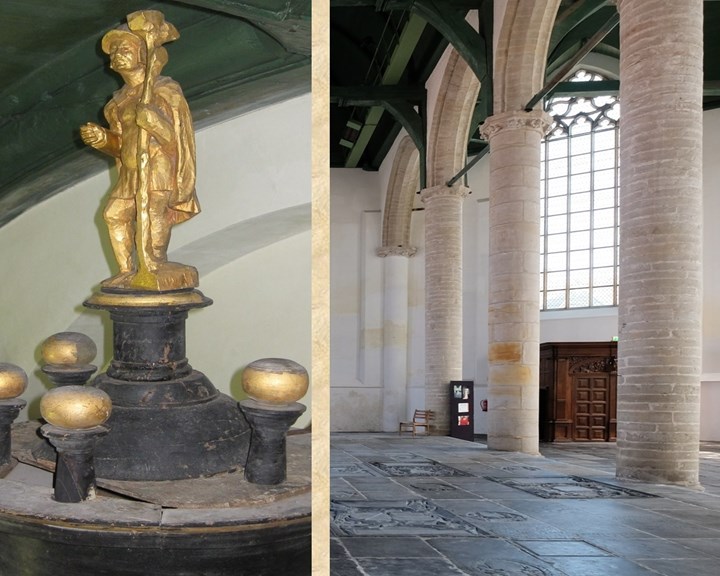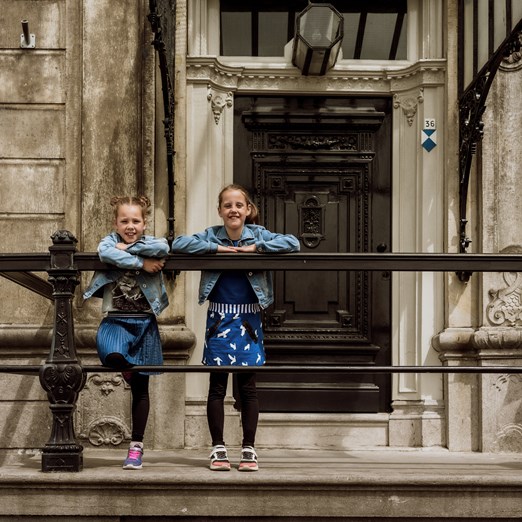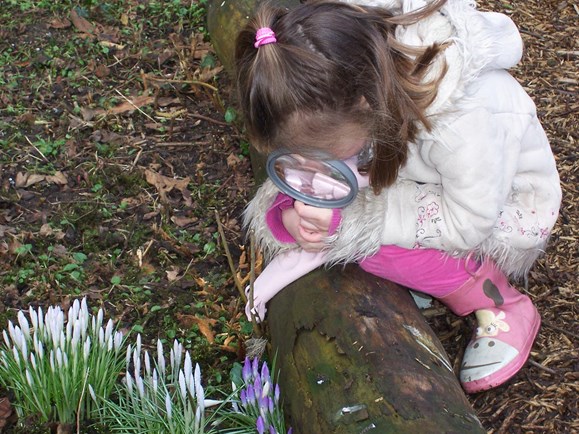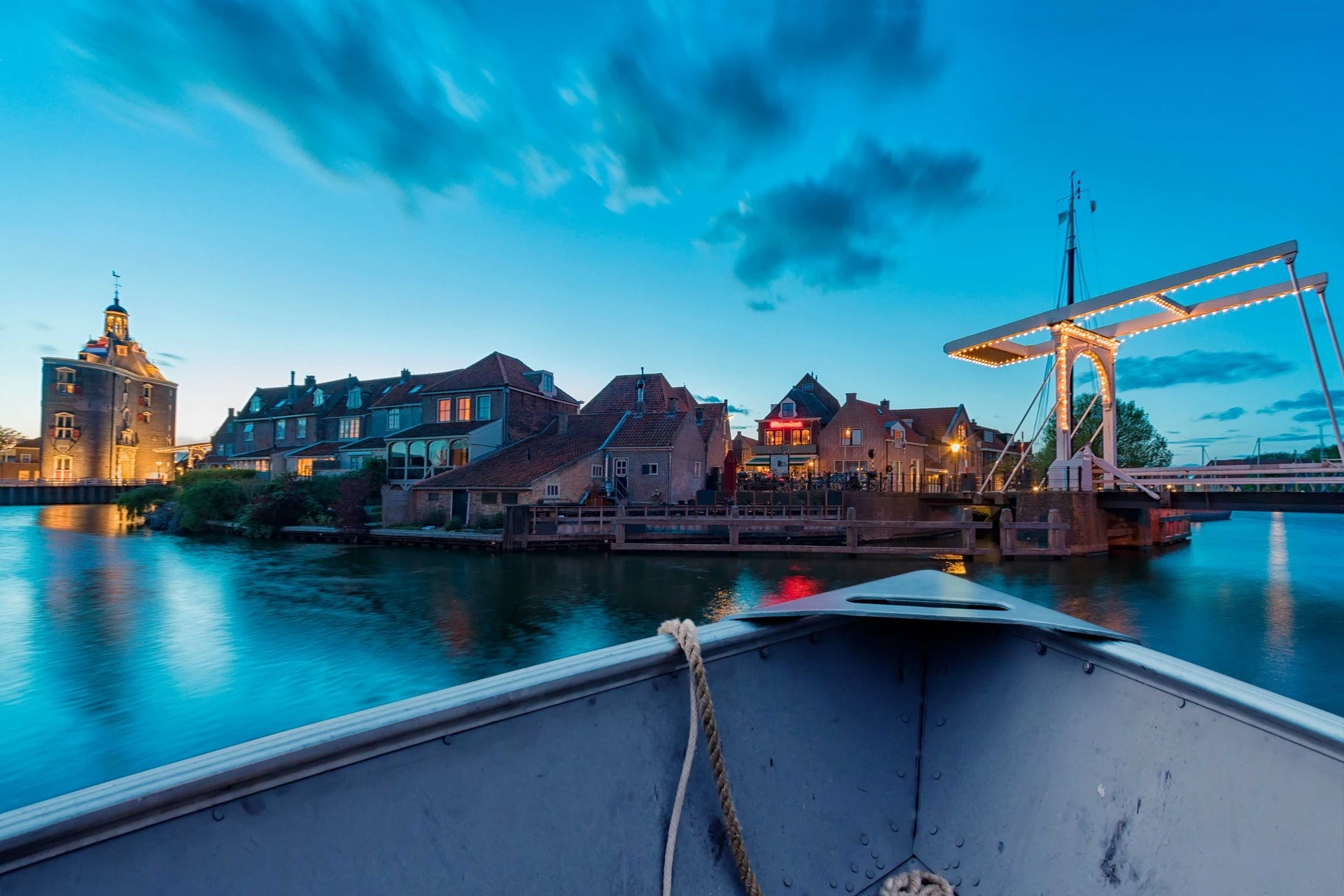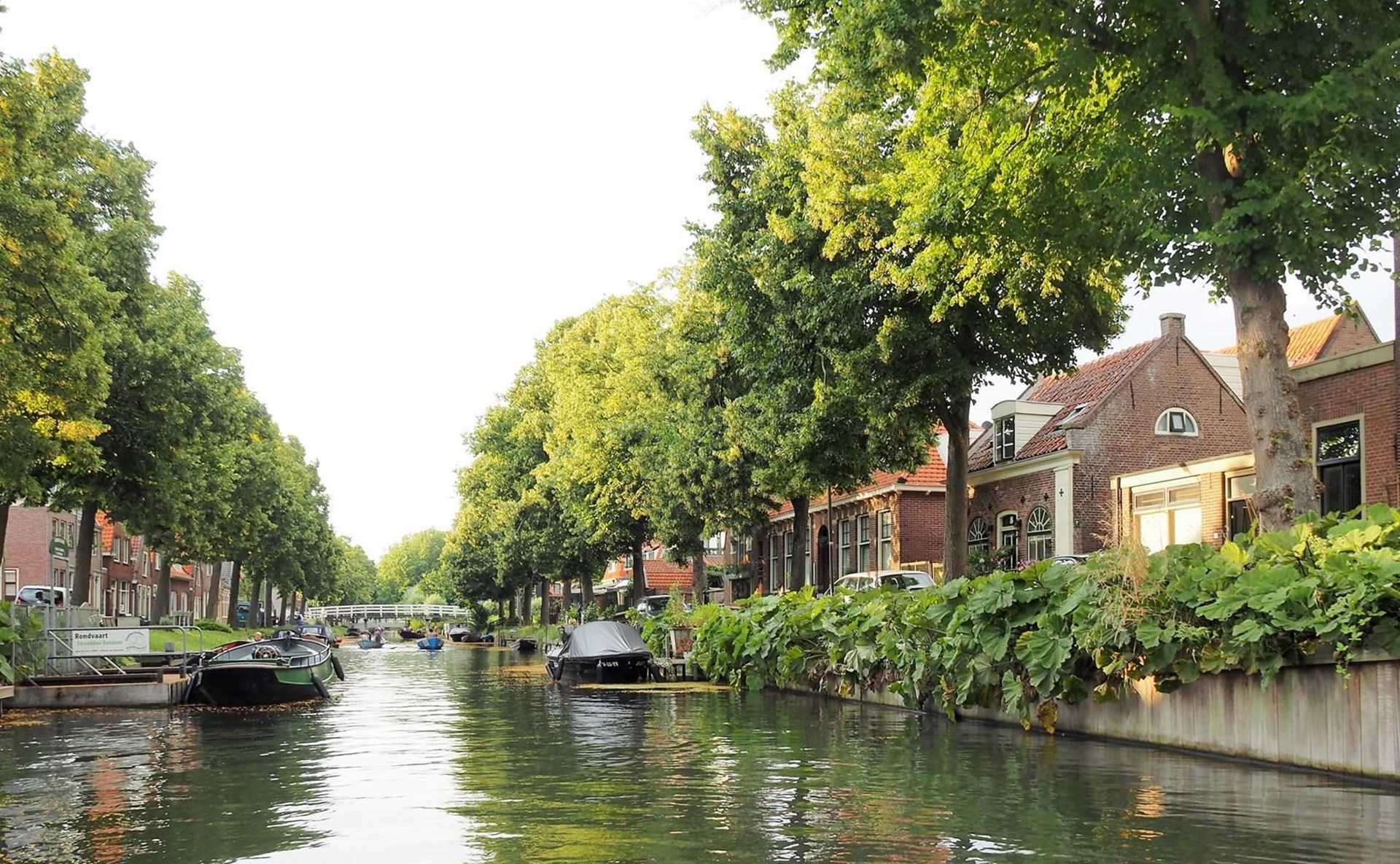
Discover the Farmer’s Corner
Discover the Farmer's Corner
De Boerenhoek is a special part of Enkhuizen where you can wander past canals and authentic cheese-cover farmhouses. It is located slightly outside the center, making it undiscovered and wonderfully quiet. Take a walk and admire the historic teahouses and gardens with flowers and fruit trees. On the shore side you can see the striking barge houses.
Had enough walking? Then step into a sturdy sloop of canal cruise Enkhuizen and see the Boerenhoek from the water. Because from the water you have the best view of the special Boerenhoek!
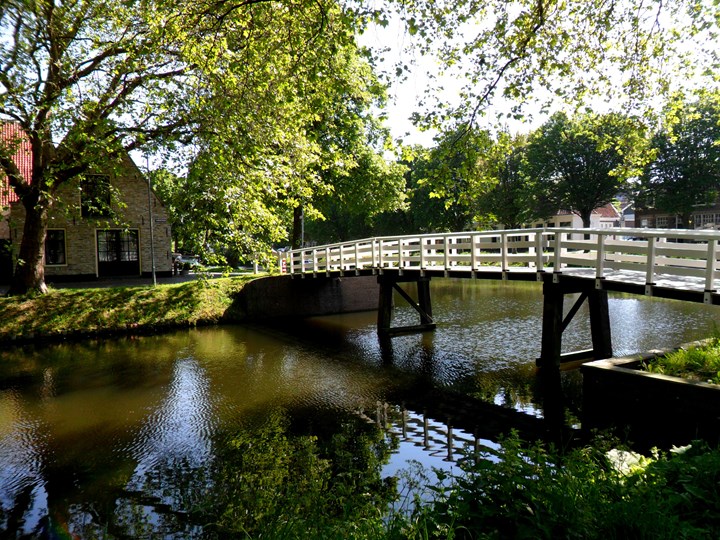
A piece of history
The Boerenhoek was created after the second urban expansion around 1600. The area did not receive much urban development because population growth declined after 1630. For many years, the Boerenhoek was a haven for wealthy citizens, who had their gardens with gazebos there. Around 1850, farmers gradually took possession of the area. By now the last city farmer has left, but the rural character can still be recognized.
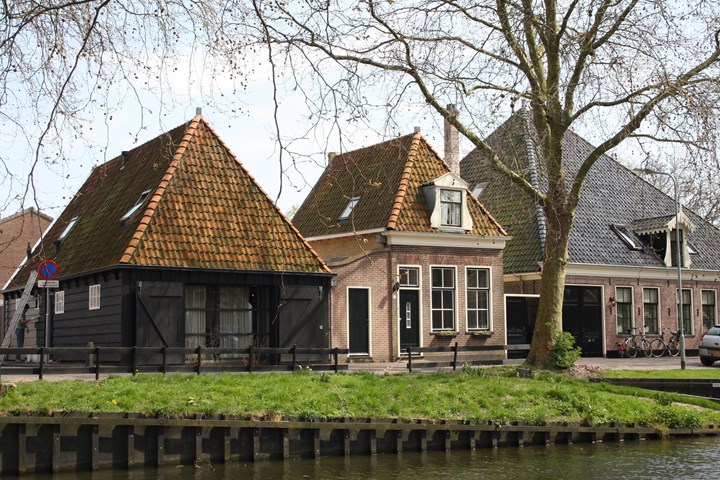
West Frisian cheese-cover farmhouses
In the Boerenhoek you can still find authentic cheese-cover farmhouses, including some national monuments. Some farms lack the characteristic dars doors (large doors through which the hay carts drove in). No such doors are needed here, because the hay could be transported from the barge directly to the haylofts. The farmers transported everything by barge to the pastures outside the ramparts. You can also see wooden sheds in the water everywhere. These “houses” are called barge houses. The farmer or gardener could safely store his barge and tools there.
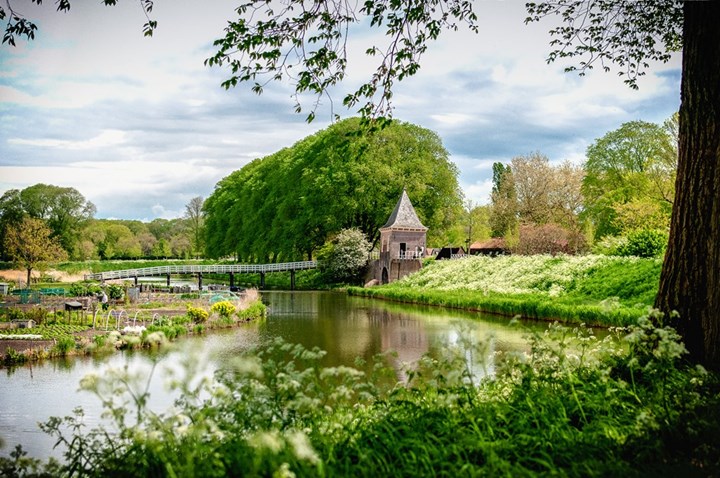
Fortification wall and water gates
The Boerenhoek is partly enclosed by the Vest. Enkhuizen’s fortress has two special water gates, the Oude Gouwsboom and the Boerenboom. Whereas city gates protected the city’s approach roads, water gates ensured that the equally important waterways could be closed off. Farmers could enter or leave the city by barge through the water gates. Very important, because until the 20th century many lands in the polders around Enkhuizen could only be reached by boat.
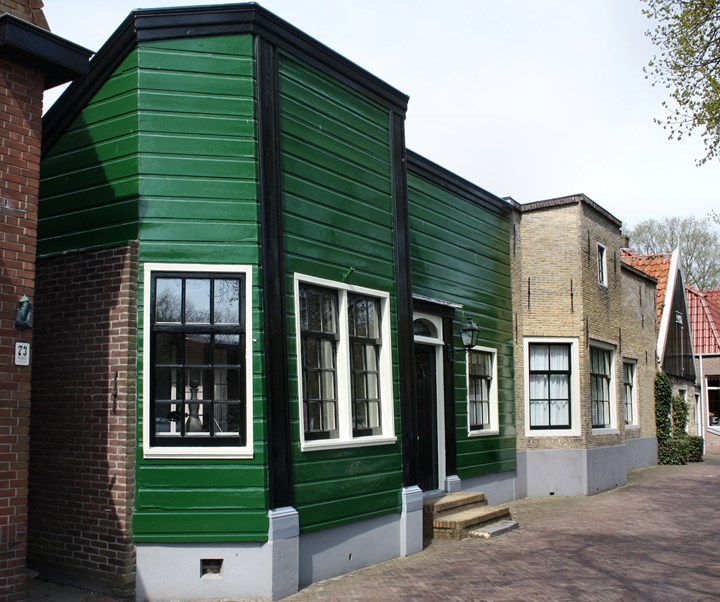
Teahouses
These houses used to be used as garden houses by the wealthy residents of the city. They are very shallow and behind them were large gardens with flowers and fruit trees. In this way the wealthy townspeople could escape the smelly city and enjoy the summer within the protection of the ramparts.
Hiking, boating, overnight
Camping along The Vest
Close to the inner city of Enkhuizen and within walking distance of the train station is city camping De Vest. A small, simple and quiet campsite for the whole family and a good starting point for various excursions in town and surroundings.
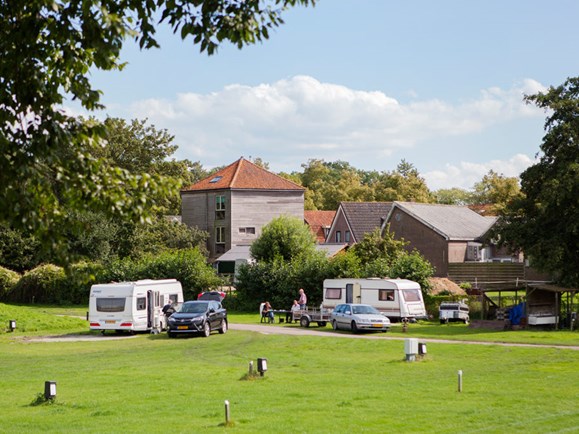
Cruising through the Boerenhoek
Take a look at Enkhuizen from the water! Take a three-quarter-hour cruise past centuries-old teahouses, farms, country houses, workshops and the ramparts with their monumental defense gates. The guide will tell you all about the sights
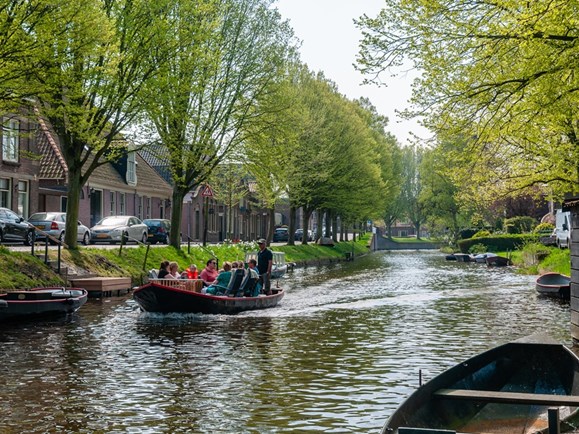
City Walk
Using our updated city walk booklet, you will walk past the most beautiful places in Enkhuizen, including the Boerenhoek and the Vest. The walk takes about 1.5 to 2 hours. The booklet is available at the VVV and Primera.
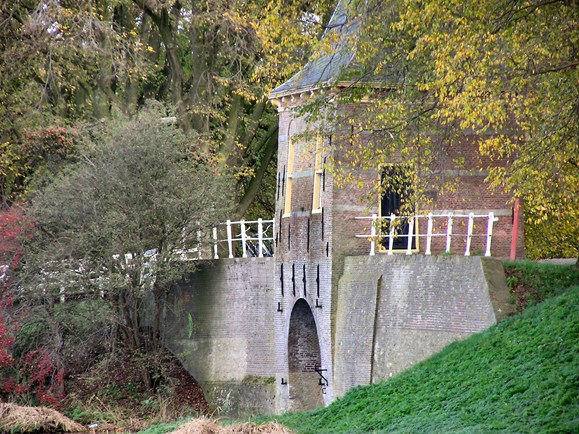
Hobby and Art Route
During the annual Hobby and Art Tour, you can visit gardens where art is on display. There is a fun and varied selection of artists and hobbyists.
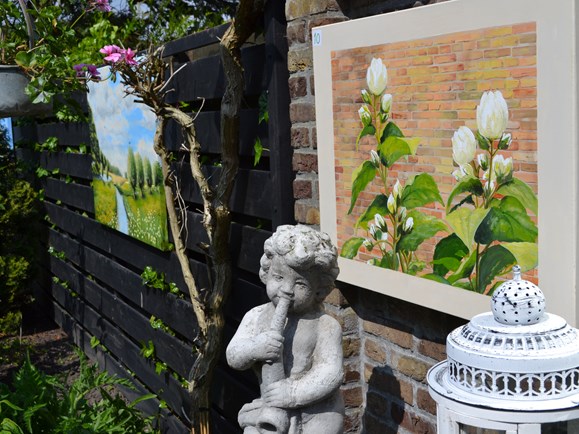
The Old Golden Tree
The fortress in Enkhuizen has two water gates. One of them is the Oude Gouwsboom. The Oude Gouwsboom is a historic water gate dating back to the late 16th century.
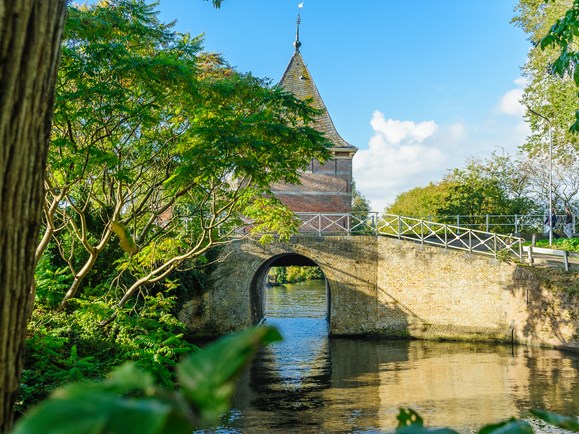
At the Veste
Vacation home Aan de Veste is located in the Boerenhoek on the historic city wall the Vest. Enjoy the peace and quiet and yet within walking distance of the city center with terraces, stores, harbors and other attractions.


